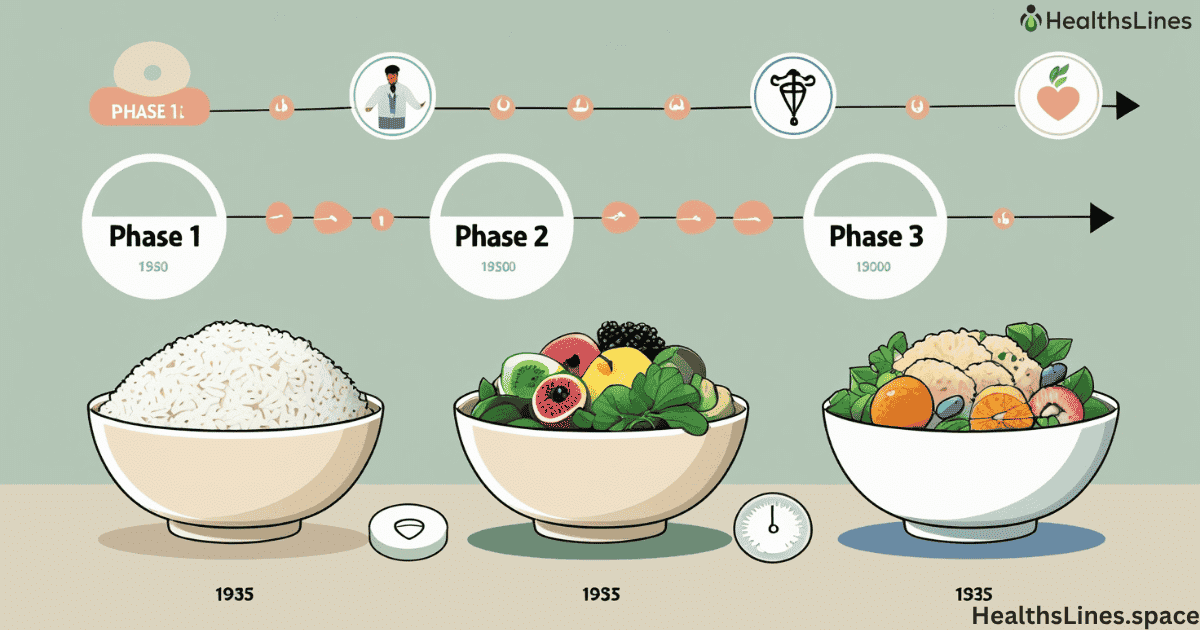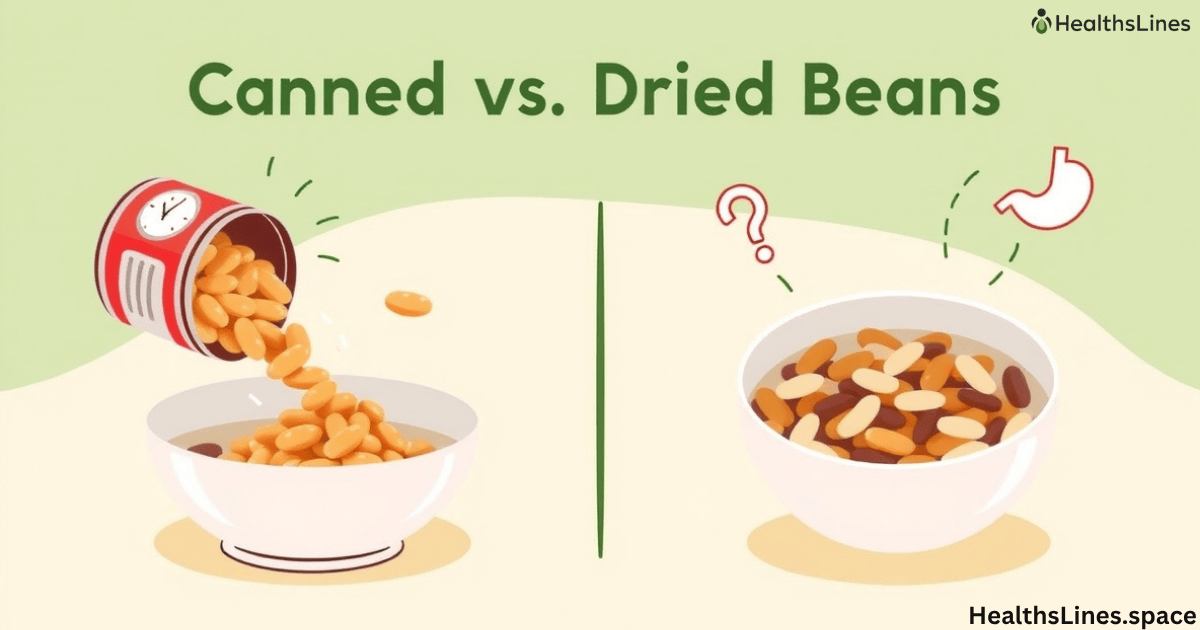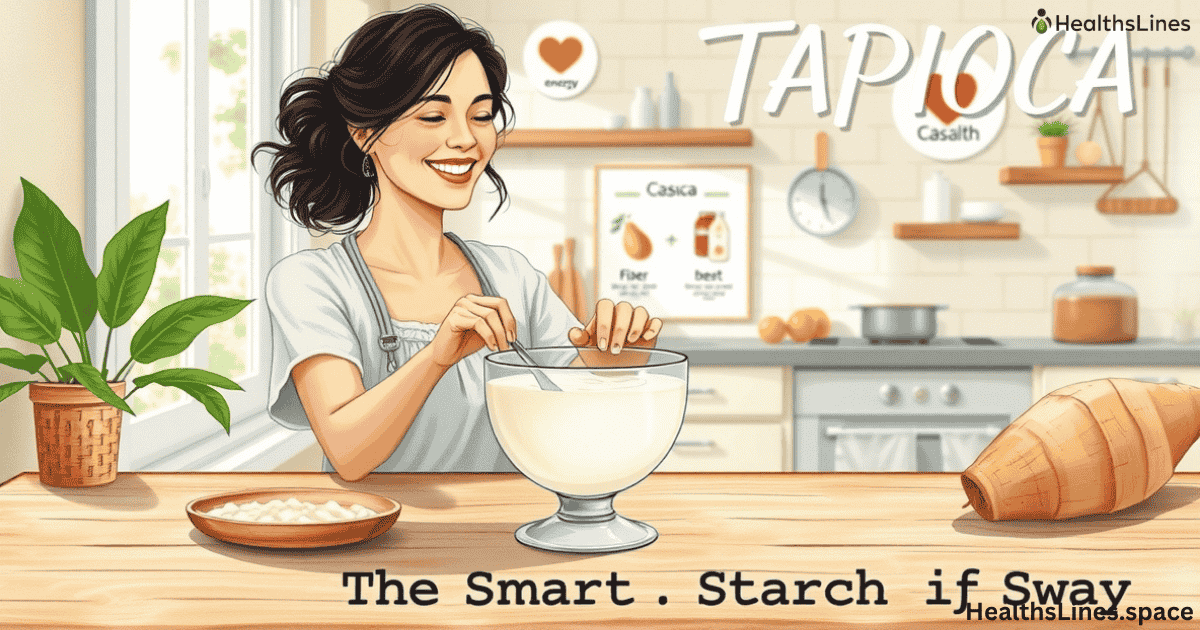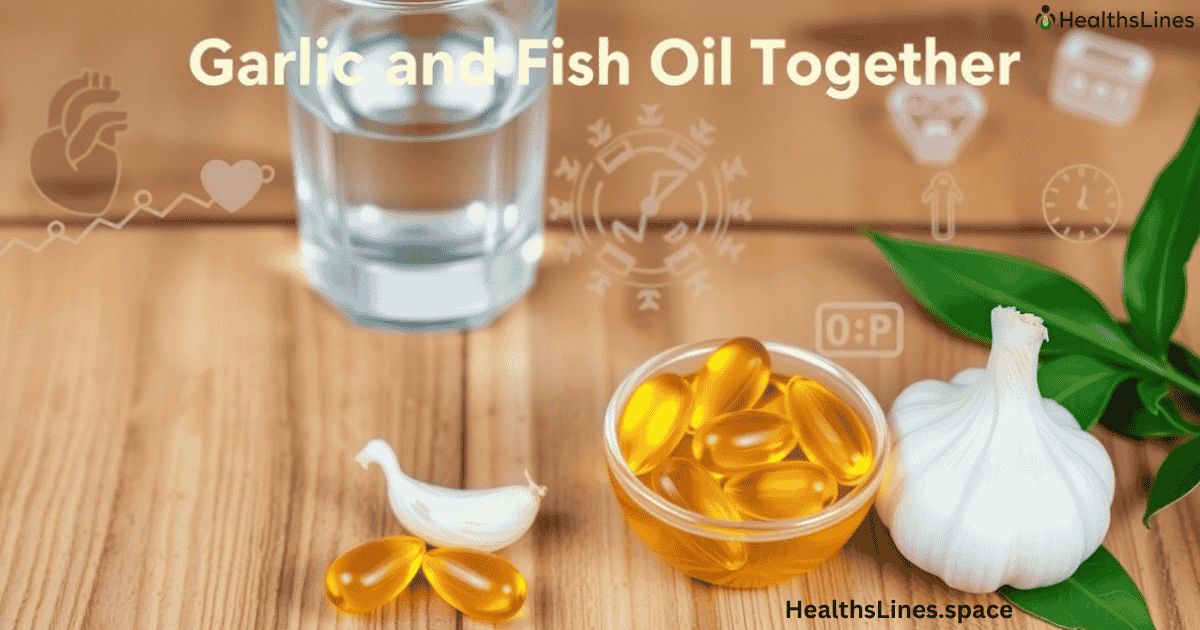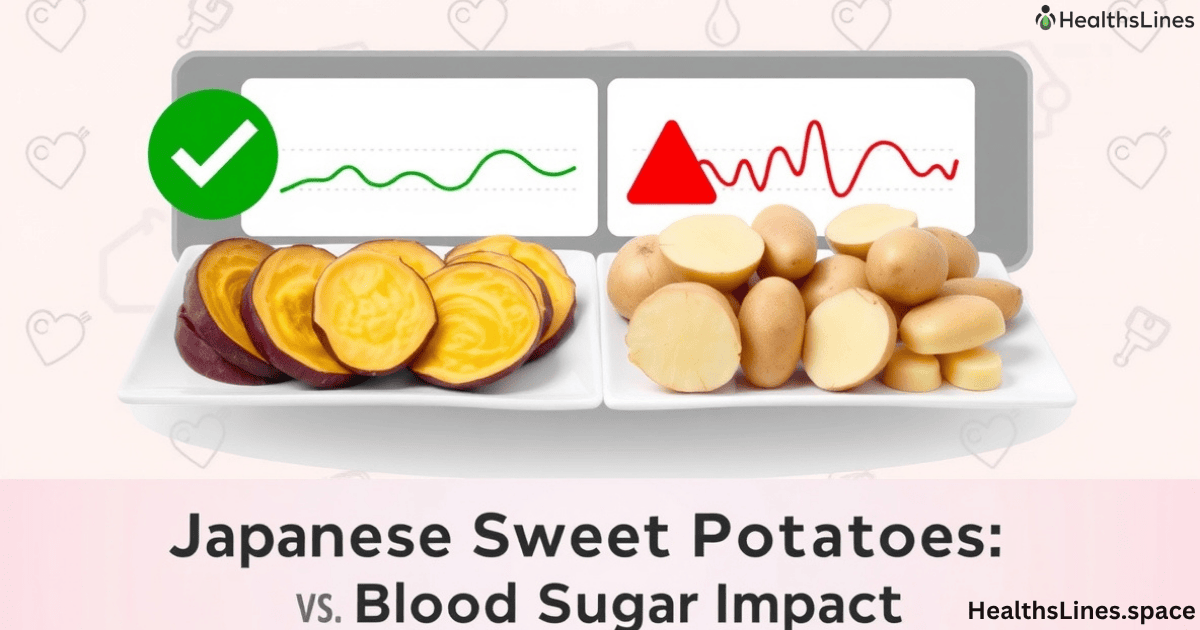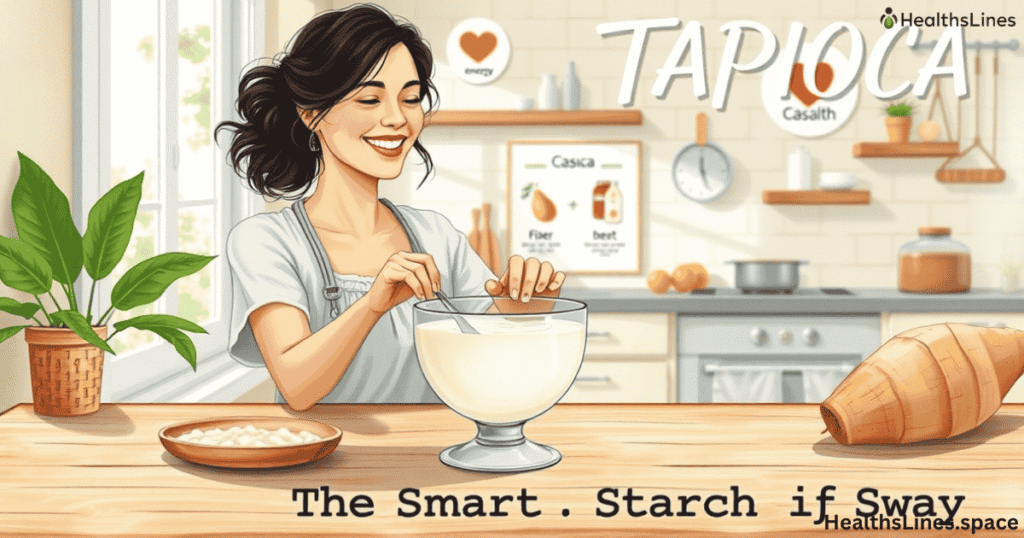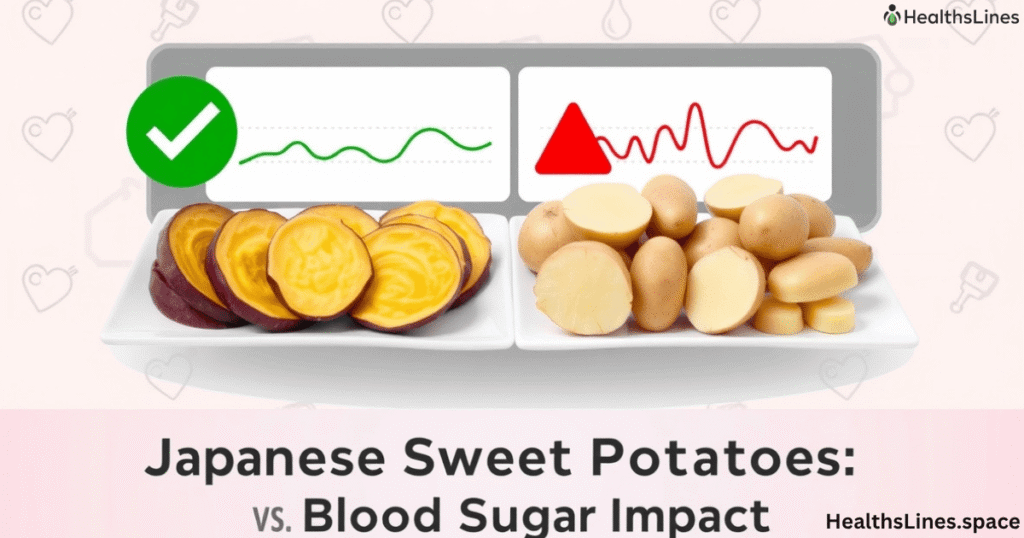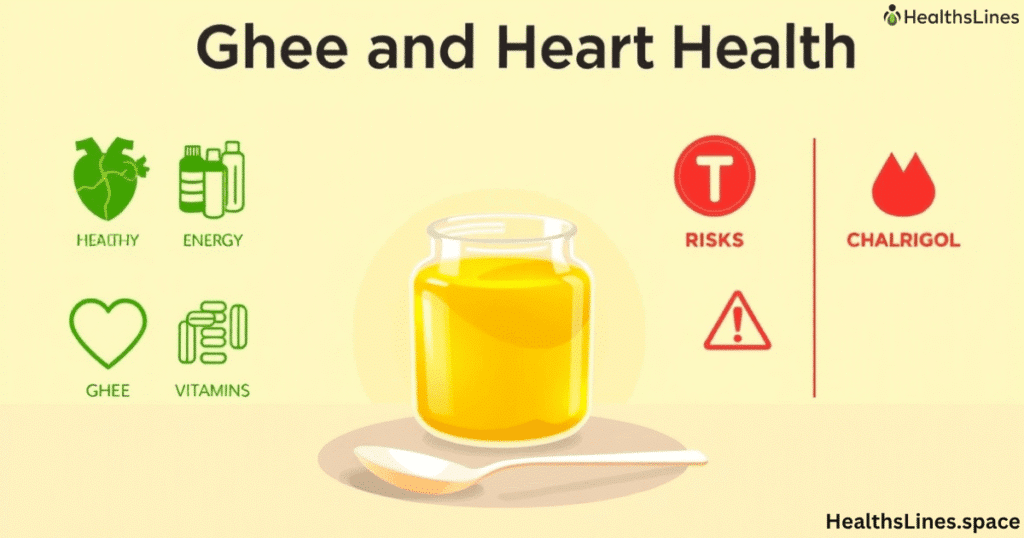The rice diet is not just a trend. It’s a medically designed program with a long history. Created in the 1930s, it was once used to treat serious health problems like high blood pressure and kidney disease. But now, many people are turning to this high carb low fat diet for fast weight loss. What really happens to your body when you follow this diet? Let’s explore what science and history say about it.
What Happens in the First Week of the Rice Diet
In the first week, most people see fast changes. This is mainly because the rice diet plan is a low sodium diet. When you eat less salt, your body starts to release extra water. This leads to quick weight loss, sometimes up to 10 pounds in the first week. But this is mostly water weight, not fat.
At the same time, your blood pressure may drop. This is because low salt and high potassium from fruits and vegetables help your blood vessels relax. Many people on the rice diet for high blood pressure see improvements quickly. These effects are real, but they are only the beginning.
Short-Term Changes to Metabolism and Digestion
In the first few weeks of the rice diet, your body starts to respond quickly—especially your metabolism and digestion. Since this diet is very low in fat and protein, your body shifts into a lower energy mode. That means your metabolism slows down because it tries to conserve energy. You’re getting mostly carbohydrates, and not many calories overall, so your body adjusts by burning fewer calories just to stay balanced. This is why some people feel more tired or cold during the second week of the diet. It’s a signal that your system is running on low fuel.
Digestion also changes depending on whether you’re eating brown rice or white rice. Brown rice has more fiber, so it may help keep things moving smoothly, but it can also cause bloating if your body isn’t used to it. White rice is easier to digest and gentler on the stomach, which is why it’s often used in the early detox phase. People usually notice they feel lighter and less bloated after just a few days, mostly due to less sodium and processed food. However, the body still needs variety, so staying too long in this phase can upset your digestive balance and lead to irregular bowel movements.
Muscle Mass and Energy on a Low-Protein Plan
The rice diet is a low protein diet, which can lead to muscle loss from dieting. Without enough protein, your body starts to break down muscle for fuel. This is more likely if you follow the diet for weeks without adding lean protein.
People often report feeling tired and weak. This happens because your body isn’t getting enough fat or protein for energy. It relies almost entirely on carbohydrates. This causes dips in blood sugar, especially if you are active. So yes, does the rice diet cause muscle loss? It can, if not done carefully.
Nutritional Deficiencies From the Rice Diet
The biggest concern with the rice diet is lack of nutrients. Because it cuts out most fats, meats, dairy, and many grains, you might miss out on:
| Nutrient | Risk of Deficiency |
| Vitamin B12 | High (no animal products) |
| Iron | Moderate to High |
| Calcium | Moderate (no dairy) |
| Omega-3 Fatty Acids | Very High |
| Protein | High |
These gaps matter. Long-term nutritional deficiencies from rice diet can affect your bones, mood, memory, and more. Supplementing or rotating in other foods is critical.
Long-Term Health Effects of the Rice Diet
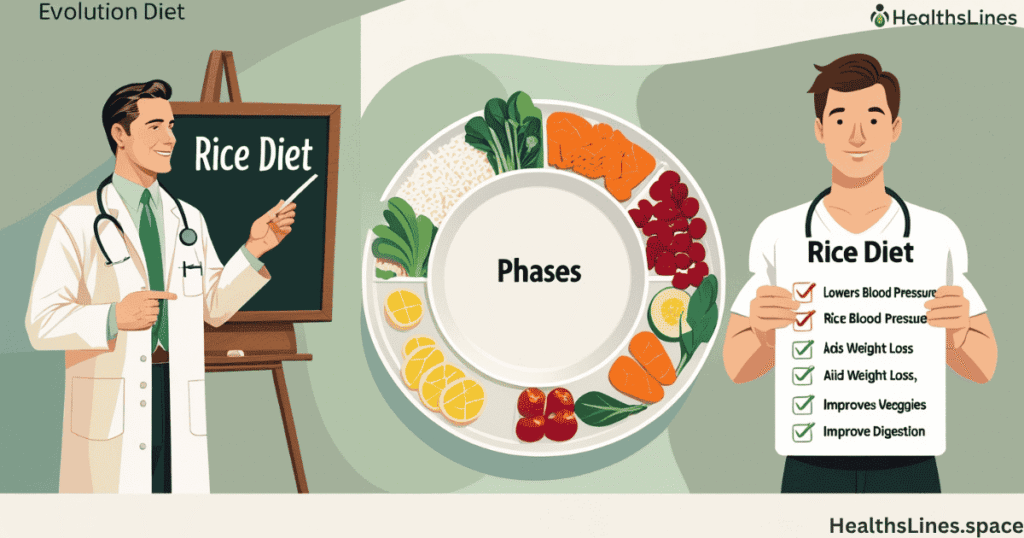
Following the rice diet plan long term brings mixed results. Some people lower their cholesterol, blood sugar, and weight. This is mostly due to calorie restriction and plant-based eating. The diet also removes processed foods and added sugars, which helps health markers.
But yo-yo dieting risks increase if you go back to old habits. Without learning balance, people may regain weight quickly. This can also mess with hormones and metabolism. That’s why experts warn against using it as a permanent lifestyle.
The Three Phases of the Rice Diet
The rice diet phases are designed to ease you in and out.
Phase 1 is the detox stage. You eat mostly white rice, fruit, and fruit juice. This phase is very low in calories and lasts about a week. People lose the most weight here but also feel the weakest.
Phase 2 adds more fruits and some vegetables. This is the main weight loss phase. Calories are still low, but you may feel better as your body adapts.
Phase 3 allows more variety, including beans and lean protein. It is the maintenance phase to help you keep the weight off. This structure explains how the rice diet works and why it must be done in steps.
Brown Rice vs White Rice: Which Is Better?
When following the rice diet, one big question always comes up: should you eat brown rice or white rice? Both types are used in different phases of the diet, but they have key differences. Brown rice is a whole grain. It still has the bran and germ, which means it’s higher in fiber, vitamins, and minerals. This makes it better for digestion and blood sugar control. It also keeps you full longer, which helps when you’re eating fewer calories on this diet.
On the other hand, white rice is milled and polished. It’s softer, easier to digest, and has a longer shelf life. It’s often used during the detox or early weight loss phase because it’s gentle on the stomach. People with kidney disease or on a low-protein diet may prefer white rice since it contains less phosphorus and protein than brown rice. But white rice doesn’t have the same fiber or nutrient content, so over time it may lead to nutritional deficiencies.
So, which is better on the rice diet? It depends on your health goals. Brown rice supports long-term gut health and nutrition, while white rice may work better in the short term for digestion and detox. Mixing both may offer the best balance.
History of the Rice Diet and Its Medical Roots
The rice diet history began in 1939 at Duke University. Dr. Walter Kempner created it to treat kidney disease, hypertension, and diabetes. His idea was simple: lower sodium, protein, and fat to reduce stress on the kidneys and heart.
At the Duke rice diet clinic, thousands of patients saw real improvement. Some even reversed early signs of kidney failure. But as new drugs came out, the diet lost popularity. Still, its success in treating chronic illness remains impressive.
Is the Rice Diet Safe in Today’s World?
Many people ask, is rice diet safe? The answer is: it depends. For short-term use under medical care, it can be helpful. But trying it alone or for too long brings risks. Especially if you’re pregnant, athletic, or already have health conditions.
Crash diets vs long-term plans also matter. The rice diet is strict and not balanced. It’s not meant to be followed forever. That’s why some doctors only recommend it for a few weeks. For longer-term results, more balanced eating works better.
How to Follow the Rice Diet the Right Way
If you still want to try it, you need a plan. A typical rice diet meal plan example includes three main meals:
Breakfast: White or brown rice, half a banana, black coffee or herbal tea
Lunch: Rice, unsalted vegetables like spinach or carrots, a piece of fruit
Dinner: Rice, steamed vegetables, apple or melon
Snacks are rare, and all food is unsalted. This makes the diet very strict. It works best when supervised. Adding supplements and eventually transitioning to more foods helps avoid problems.
Real-Life Rice Diet Results: Case Studies
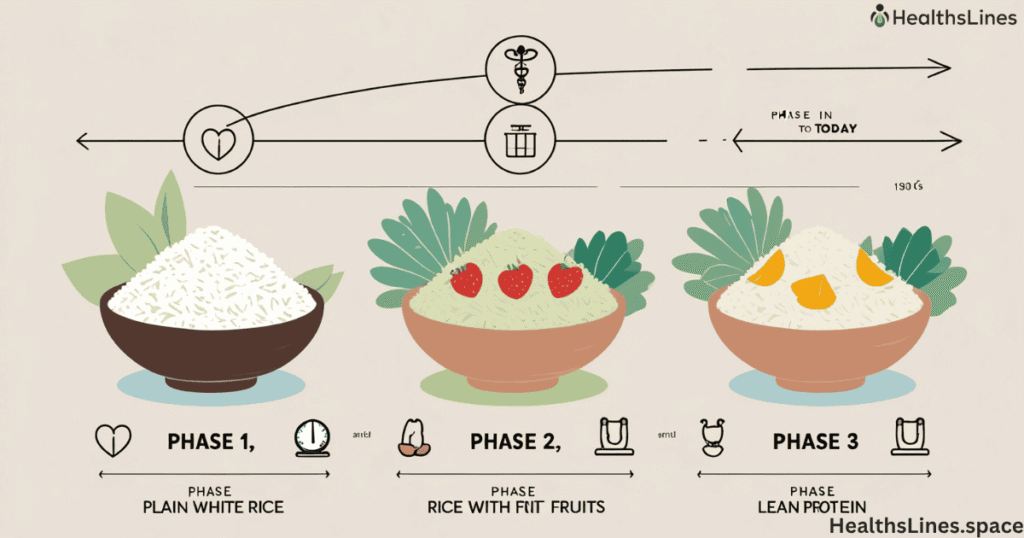
When you look at real-life rice diet results, the outcomes are surprising and well-documented. One of the most famous examples comes from the Duke Rice Diet Clinic, where patients followed the Dr. Walter Kempner rice diet. These individuals were often struggling with high blood pressure, obesity, or chronic kidney disease. In one case, a man with dangerously high blood pressure reduced it dramatically after 3 months on the diet. His blood pressure dropped from 240/150 to 132/78—just by sticking to a strict low sodium diet with rice, fruits, and simple vegetables.
Another case involved a woman who lost over 60 pounds in six months. She followed the rice diet meal plan, focused on brown rice, and avoided processed food. Her cholesterol levels improved, her energy came back, and her doctor removed her from multiple medications. These stories aren’t rare. Many patients at Duke’s clinic showed improved kidney function, lower blood sugar, and relief from digestive issues.
Should You Try the Rice Diet?
So, does the rice diet really work? For some goals, yes. It offers fast weight loss, better blood pressure, and a cleanse from processed food. It shows how food can help treat disease.
But it also comes with serious risks. Lack of protein, vitamins, and fats can lead to long-term issues. That’s why many experts say to use it only as a therapeutic diet, not a lifestyle. It’s a useful reset, not a permanent fix.
Pros and cons of the rice diet are real. You need to think about your body, goals, and long-term health. If you do try it, go slowly, get help, and listen to your body.
Conclusion
In short, the rice diet changes your body fast. It helps drop water weight, lower blood pressure, and detox your system. But it can also slow metabolism, reduce muscle, and create nutrient gaps.
Used wisely and for the right reasons, it can be powerful. But you must know the benefits and dangers of the rice diet before starting. Talk to a doctor. Learn how to balance the phases. Understand what your body truly needs. That’s how you can use this classic method the smart way.
The rice detox may offer a jumpstart, but only balanced, whole-food eating brings lasting results. Choose wisely, eat mindfully, and care for your health beyond the scale.
